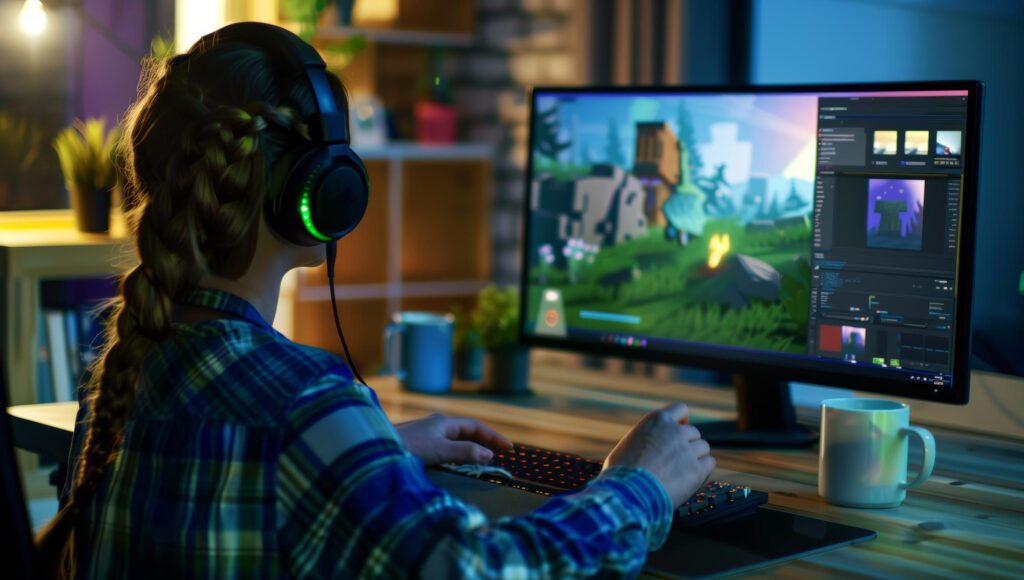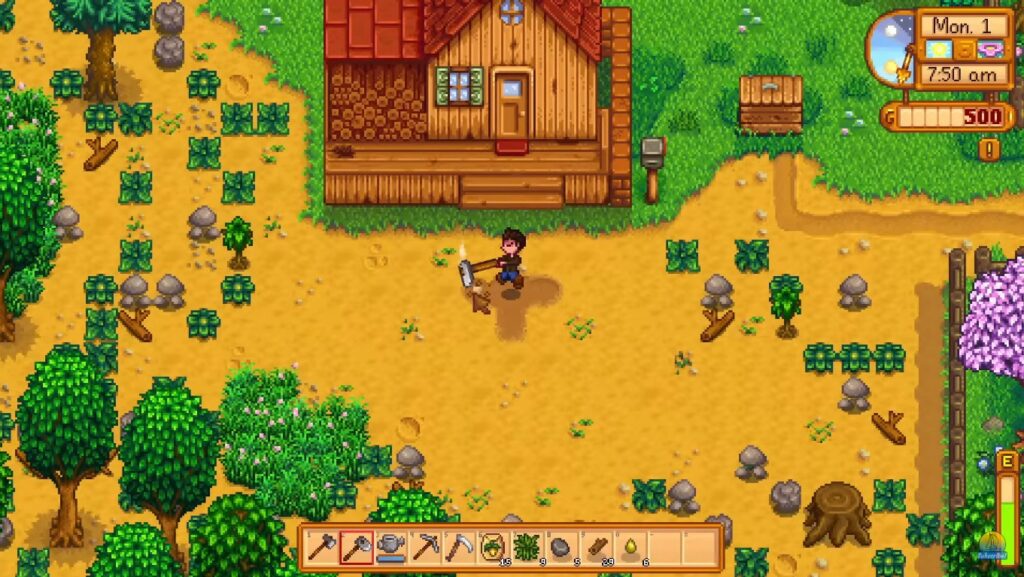In the rapidly evolving landscape of the gaming industry, the role of a freelance game developer has become increasingly prominent. With the advent of powerful game engines, accessible development tools, and a growing demand for unique gaming experiences, aspiring developers can now bring their visions to life without the constraints of traditional studio environments. However, navigating the freelance landscape requires a strategic approach to ensure that creativity flourishes while keeping costs manageable. This article delves into the intricacies of freelance game development, exploring methodologies, tools, and real-world examples that illustrate how developers can achieve their goals without breaking the bank.

The Rise of Freelance Game Development
The global gaming market is projected to reach $256.97 billion by 2025, according to a report by Newzoo (2021). This growth has led to an increased demand for diverse gaming experiences, prompting many developers to explore freelance opportunities. Freelance game development allows for flexibility, creativity, and the potential for higher earnings compared to traditional employment. However, it also comes with challenges such as inconsistent income, self-marketing, and project management.
Understanding the Freelance Landscape
Freelance game developers operate in a competitive environment where they must differentiate themselves from others. According to a survey conducted by Upwork in 2022, 59% of freelancers reported that they faced challenges in finding clients, while 45% struggled with pricing their services. To succeed, developers must not only hone their technical skills but also develop a robust understanding of the market and client needs.
Essential Skills for Freelance Game Developers
To thrive as a freelance game developer, one must possess a diverse skill set that encompasses both technical and soft skills. Here are some essential skills that can significantly enhance a developer’s marketability:
1. Proficiency in Game Engines
Familiarity with popular game engines such as Unity and Unreal Engine is crucial. Unity, for instance, is known for its versatility and user-friendly interface, making it a preferred choice for indie developers. According to the 2022 Game Developer Survey, 48% of developers reported using Unity, while 30% used Unreal Engine. Mastering these tools can streamline the development process and reduce costs.
2. Programming Languages
Knowledge of programming languages such as C#, C++, and Python is essential for game development. C# is particularly important for Unity development, while C++ is widely used in Unreal Engine. A solid understanding of these languages allows developers to create efficient and optimized code, which can significantly impact the performance of the final product.
3. Game Design Principles
Understanding game design principles is vital for creating engaging and enjoyable experiences. This includes knowledge of mechanics, dynamics, and aesthetics (MDA framework). A study by the International Game Developers Association (IGDA) in 2021 revealed that 70% of successful indie games incorporated strong design principles, highlighting their importance in the development process.
4. Project Management Skills
Freelancers must be adept at managing their projects, timelines, and client expectations. Tools like Trello, Asana, and Jira can help streamline project management, ensuring that deadlines are met without compromising quality. According to a report by the Project Management Institute (PMI), effective project management can increase project success rates by up to 89%.
Cost-Effective Development Strategies
While freelance game development offers flexibility, it can also lead to financial strain if not managed properly. Here are some cost-effective strategies that can help developers bring their visions to life without overspending:
1. Utilize Open Source and Free Tools
There is a wealth of open-source and free tools available for game development. For instance, Godot Engine is a free and open-source game engine that supports 2D and 3D game development. Additionally, tools like GIMP and Blender can be used for graphics and animation without incurring licensing fees. Leveraging these resources can significantly reduce development costs.
2. Crowdsourcing Assets
Platforms like itch.io and OpenGameArt.org provide access to a vast library of free and paid game assets. By utilizing these resources, developers can save time and money on asset creation. A study by the IGDA found that 65% of indie developers reported using crowdsourced assets to enhance their projects.
3. Focus on Minimal Viable Product (MVP)
Developing a Minimal Viable Product (MVP) allows developers to test their ideas with minimal investment. By focusing on core gameplay mechanics and features, developers can gather feedback and iterate on their designs before committing to full-scale development. This approach not only conserves resources but also aligns with the principles of lean startup methodology.
Real-World Examples of Successful Freelance Game Developers
Several freelance game developers have successfully navigated the industry, creating impactful games while managing costs effectively. One notable example is the indie game “Celeste,” developed by Maddy Thorson and Noel Berry. Initially created as a game jam project, “Celeste” was developed with a small budget and a focus on core gameplay mechanics. The game went on to receive critical acclaim and won several awards, including the Best Independent Game at The Game Awards 2018.
Another example is “Stardew Valley,” developed by Eric Barone, who single-handedly created the game over four years. Barone utilized free tools and resources, focusing on an MVP approach to test his ideas. The game became a commercial success, selling over 10 million copies worldwide, demonstrating that a well-executed vision can lead to significant financial rewards.

Stardew Valley proves indie success with an MVP strategy.
Marketing Yourself as a Freelance Game Developer
In a competitive freelance market, effective self-marketing is essential. Here are some strategies to enhance visibility and attract clients:
1. Build a Strong Portfolio
A well-curated portfolio showcasing completed projects is crucial for attracting clients. Developers should include a variety of work that highlights their skills and versatility. Platforms like Behance and ArtStation can serve as excellent venues for showcasing portfolios.
2. Leverage Social Media
Social media platforms such as Twitter, LinkedIn, and Instagram can be powerful tools for networking and self-promotion. Engaging with the gaming community, sharing development updates, and participating in discussions can help build a personal brand and attract potential clients.
3. Join Freelance Platforms
Websites like Upwork, Freelancer, and Fiverr provide opportunities for freelancers to connect with clients seeking game development services. By creating a compelling profile and actively bidding on projects, developers can increase their chances of securing work.
Conclusion
Freelance game development presents a unique opportunity for developers to bring their creative visions to life while maintaining financial prudence. By mastering essential skills, employing cost-effective strategies, and effectively marketing themselves, developers can navigate the challenges of the freelance landscape. Real-world examples like “Celeste” and “Stardew Valley” illustrate that with dedication and strategic planning, it is possible to achieve success without breaking the bank. As the gaming industry continues to grow, the potential for freelance developers to make their mark is greater than ever.

